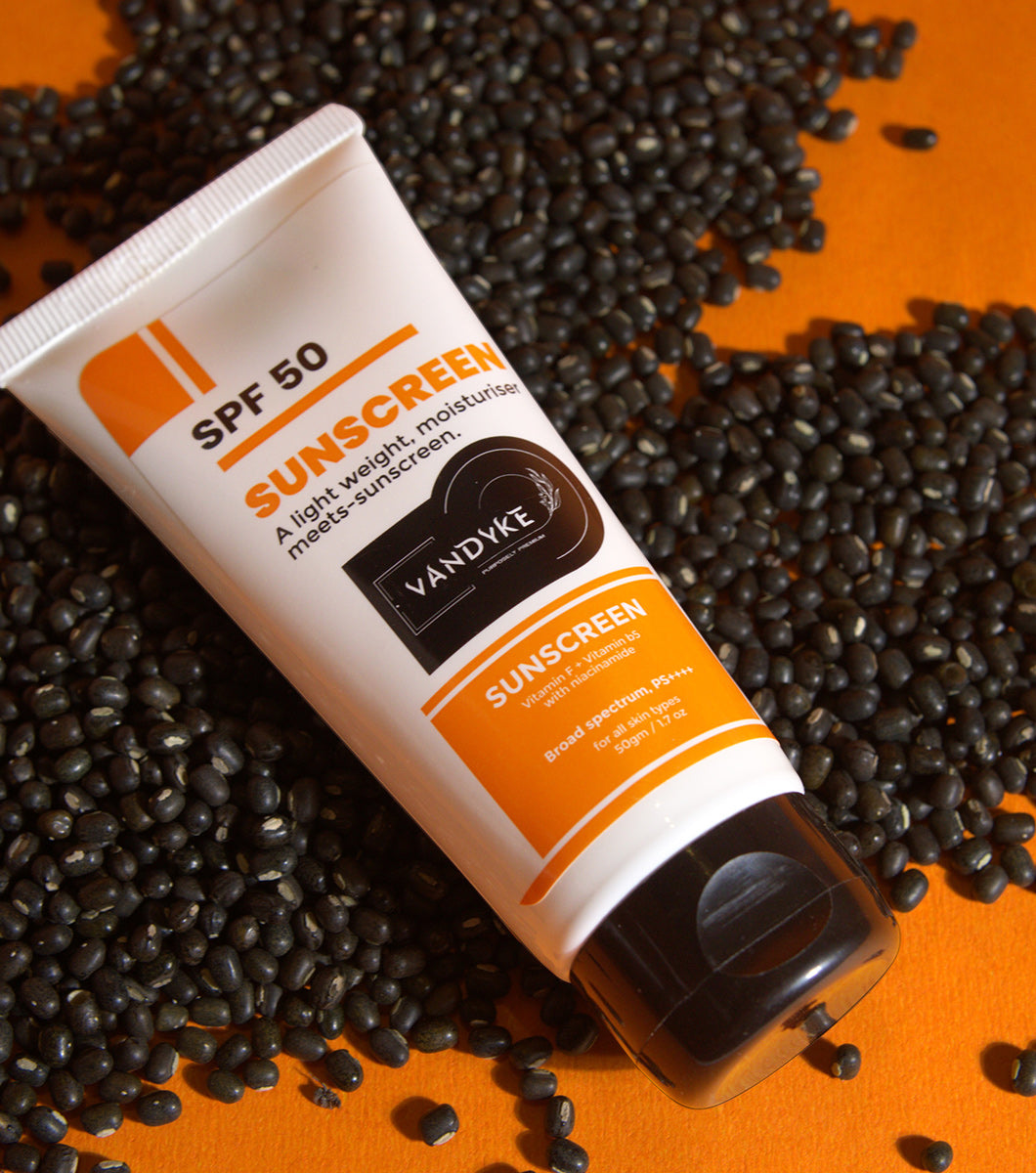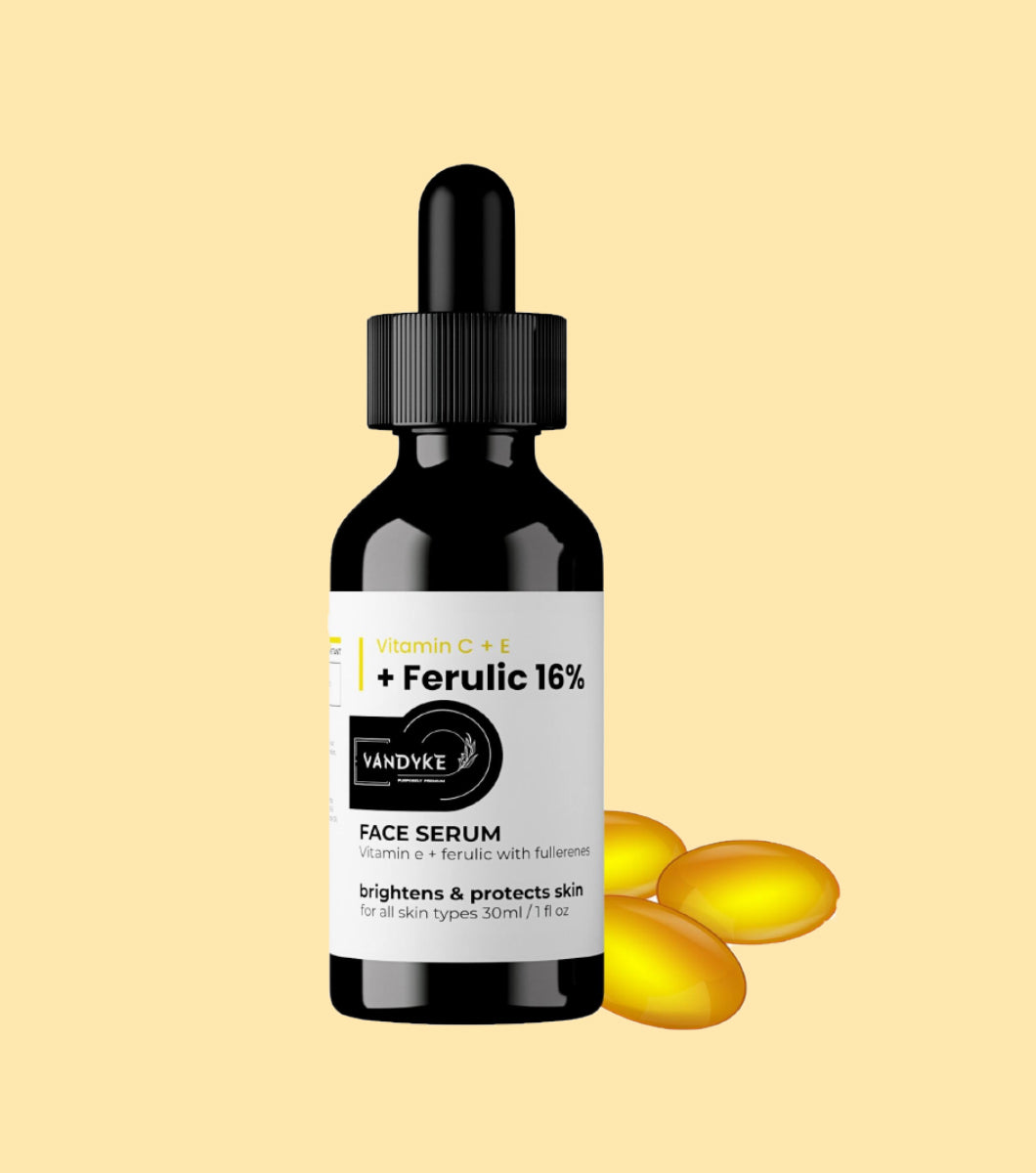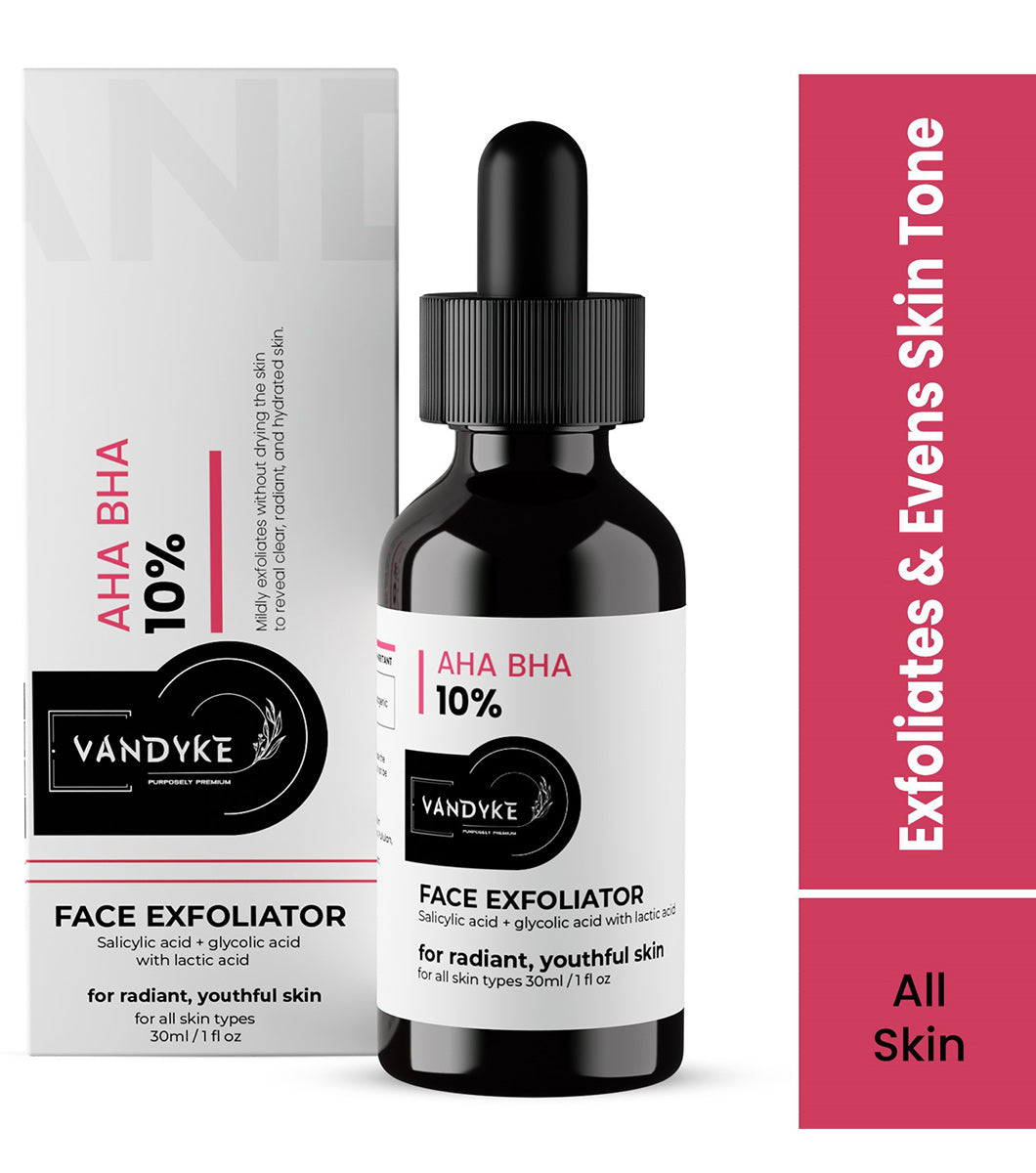
Is It Safe to Using Petroleum Jelly For Your Skin

Is It Safe to Using Petroleum Jelly For Your Skin
A basic skincare product in every home on the planet is petroleum jelly. Petroleum jelly has been a tried-and-true remedy for dry skin issues and wound healing for ages. Everyone should be aware of the possible negative effects of petroleum jelly, though.
Let’s learn in this article how petroleum jelly helps your skin, how to apply it properly, and when to avoid applying it to avoid certain side effects.
Petroleum Jelly: What is it?
Wax and mineral oils are combined to create petroleum jelly. Petroleum jelly, sometimes referred to as multi-hydrocarbon, white petrolatum, or soft paraffin, is a semi-solid jelly-like material that is primarily used for lubricating and coating applications.
Although having its ability to protect and heal skin, it has large number of disadvantages for skin
Petroleum Jelly Side Effects:
The following are a few possible but uncommon side effects of using petroleum jelly:
Obscured Pores:
Certain individuals, particularly those with oily skin types, may experience breakouts of acne as a result of clogged pores brought on by overuse of petroleum jelly. When using petroleum jelly, make sure your skin is completely clean and avoid leaving it on for an extended period of time to prevent breakouts.
Intolerants:
When petroleum jelly is applied, some people who are typically sensitive to petroleum-derived products may become allergic to it use but vandyke products which is compatible with every skin Vandyke 2% Alpha Arbutin Face Serum For Pigmentation, Acne Marks & Dark Spots Removal
Perilous Aspirations:
Applying petroleum jelly around the nose area can cause aspiration pneumonia in certain individuals, particularly in children.
Infections:
If you apply petroleum jelly before thoroughly cleaning and drying your skin, certain bacterial or fungal infections may develop. Additionally, tainted petroleum jelly jars can transmit bacteria.
If, after using petroleum jelly, you experience any of the side effects listed above or any symptoms like swelling, itching, rash, difficulty breathing, dizziness, etc., get medical attention right away.
When Should You Avoid Using Petroleum Jelly?
Dermatologists advise against using petroleum jelly or vaseline if you have combination, oily, or acne-prone skin. This is due to the possibility of pore clogging, which leaves your skin oily and heavy. Vaseline can worsen sunburn symptoms by trapping heat in the skin, so it’s not a safe treatment to apply right away. Except use Vandyke 2% Salicylic Acid Face Cleanser With LHA & Zinc for Oily Acne Prone Skin
How Do You Remove Petroleum Jelly From Your Skin?
Your skin develops a waxy layer from petroleum jelly that makes it water resistant. Therefore, cleansing your skin with just water and regular soap might not be as effective. To remove petroleum jelly from your skin, use a damp microfiber cloth or a konjac sponge in addition to warm soapy water.
Use a cleansing productl to dissolve sebum, debris, and vaseline on your face before washing to get rid of it. After washing, apply a light facial toner as well. One of the best ways to get rid of petroleum jelly from the skin on your face is using micellar water.
Remedies Other Than Petroleum Jelly
Beeswax, coconut oil, shea butter, avocado oil, jojoba oil, cocoa butter, olive oil or use vandyke products ect sre substitutes for petroleum jelly. These substitute choices are all incredibly beneficial to your skin and extremely nourishing.
Alternative products for dry skin
Products that contains salicylic acid (BHA), which works deep into the skin to remove sebum, debris, and dirt, thereby lessening the appearance of oily skin.
formulated with capryloyl salicylic acid (LHA), a mild exfoliant that stays on the skin’s outer layer and reveals soft skin in contrast to salicylic acid. The mixture offers multiple levels of cleaning.
enhanced with antimicrobial zinc as well as a number of calming and hydrating components, such as pentylene glycol, xylitylglucoside, allantoin, and panthenol (Vitamin B5), for a hydrated feeling all around.
formulated with two extremely mild surfactants (cleansers) free of sulfates to give maximum cleaning without removing skin’s lipids or proteins.
We get all of our ingredients from reputable suppliers. Our salicylic acid is a high purity grade ingredient that safe and source.
Bringing It All Together
- Mineral oils and waxes combine to give petroleum jelly its remarkable lubricating and coating qualities.
- The best use case for petroleum jelly is in the treatment of dry skin issues.
- Overuse and improper application of petroleum jelly can lead to a number of adverse effects, including infections, allergies, pneumonia, and clogged pores.
- If you have combination, oily, or acne-prone skin, stay away from petroleum jelly.
- Choose refined petroleum jelly whenever possible, as unrefined varieties may pose serious health risks.
- Petroleum jelly is always inferior to natural ingredients with numerous skin-benefiting properties, like shea butter, cocoa butter, coconut oil, olive oil, etc.





































